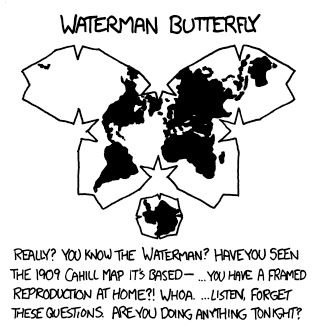- 1 Post
- 64 Comments

 1·12 days ago
1·12 days agoGreat question

 6·12 days ago
6·12 days agoEat it in reverse so it is expelled from the mouth after the journey though the body

 3·12 days ago
3·12 days agoAs most things in life, a huge disappointment

 2·12 days ago
2·12 days agoSow chaos, reap chaos
🫡

 45·12 days ago
45·12 days agoWhile you can install a 32-bit app on Windows 11, which is 64-bit only, you’ll have to run it through the operating system’s compatibility features. This means you’ll likely encounter issues, especially as games are more complicated than the average app.
This makes zero sense.

 121·12 days ago
121·12 days agoThe US has joined the party

 2·13 days ago
2·13 days agoNeither party in America is anti-corporate

 1·13 days ago
1·13 days agoI wanted to see if I could run it through an emulator but if it needs a phone number then no thanks. People are way too careless with their data.
He tried to evade getting arrested for raping children by fleeing to Romania. It didn’t work.

 7·15 days ago
7·15 days agoThere is absolutely no way to verify any of Proton’s privacy claims. Why should I trust one for profit company over another?

 3·15 days ago
3·15 days agoAre you more of a compass man?

 4·15 days ago
4·15 days agostdbool.h’s true and false are macros that expand to integers 1 and 0
C23 adds a proper bool type

 9·15 days ago
9·15 days agoLoopback Addresses, Always your computer
127.x.x.xPrivate IP Addresses, Computers on your local network
10.x.x.x
172.16.0.0 -172.31.255.255
192.168.x.x
169.254.x.x (link local, used if your network has no DHCP server)Multicast, Addresses multiple computers on your local network
224.0.0.0 - 239.255.255.255Broadcast, Addresses all computers on your local network
255.255.255.255CGNAT Addresses, Computers on your same ISP/carrier
100.64.0.0 - 100.127.255.255
(Only applicable if your ISP/carrier uses CGNAT)Public Internet Addresses
Most other IP addressesWhich block of private IPs your local network uses depends on how your router/DHCP server is configured. If you’re using the standard router your ISP provided then whatever default settings on that will determine your local subnet.

 12·15 days ago
12·15 days ago

 5·16 days ago
5·16 days agoStackOverflowException was unhanded

 4·16 days ago
4·16 days agoSolution: 1 bit computer

 2·18 days ago
2·18 days agoA vestibule

 1·18 days ago
1·18 days agoIt’s the small room you find at the front of stores that has one set of doors to the exterior and one set of doors to the interior. It helps prevent the warm/cold air from getting in.


As of March 2020 the reserve requirement for banks in the US is 0%.